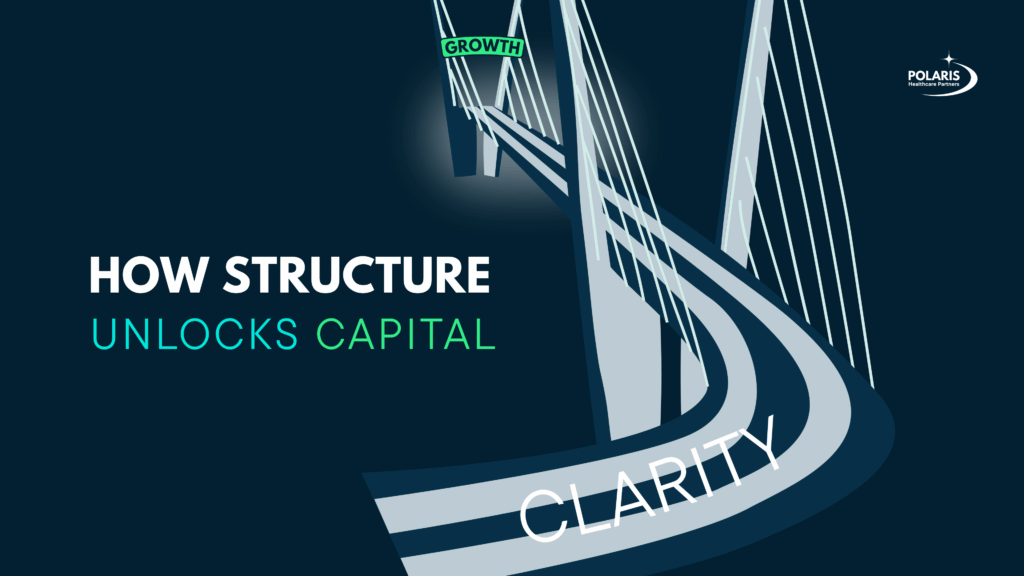By Diwakar Sinha
In our last article, we explored how the right DSO/MSO structure can drive scalable growth, align partners, and protect culture. But structure doesn’t just shape operations, it shapes your ability to raise capital, deploy it effectively, and realize your long-term vision.
Whether you’re expanding through DeNovos, acquiring practices, or preparing for a transaction, capital is the fuel. And capital flows to clarity.
Why Structure Is the Gateway to Capital
Banks and investors don’t just look at your revenue they look at your architecture. They want to know:
- Who owns what
- Where the cash flows
- What entities hold assets
- What liabilities are cross-collateralized
- How covenants will be enforced
- And most importantly who’s accountable
Without a clean structure, even the best-performing group can struggle to raise capital. But with the right DSO/MSO model, you create a framework that’s not just operationally efficient it’s financially attractive.
Debt and Equity: What Lenders and Investors Need to See
For debt providers (banks, lenders):
- Clear legal entities with defined roles
- Transparent ownership and governance
- Cross-collateralization terms
- Predictable cash flow across Holdco and Op-Co
- Covenant implementation pathways
- Risk mitigation through structure
For equity investors (private equity, strategic partners):
- Economic waterfall clarity
- Line of sight to partner equity and upside
- Scalable governance and decision-making
- Defined exit pathways
- Alignment between clinical and non-clinical leadership
Economic Waterfall: Why It Matters to Partners
When the structure is clean, every partner knows where they stand. They understand:
- How their equity is valued
- What triggers liquidity
- How profits are distributed
- What their role is in future transactions
This transparency builds trust, drives retention, and aligns behavior. It turns providers into owners and owners into leaders.
Hold-Co, Op-Co (Operating company), and JV Models: Building for Scale
As we discussed in our previous article, not every group needs a full DSO or MSO. But if you’re growing 1–5+ practices per year, centralizing teams, deploying capital, and aligning equity then structure isn’t optional. It’s essential.
Common scalable models include:
- Holdco/Op-Co split: Centralized ownership with operational flexibility
- JV structures: Local ownership with shared governance
- Hybrid MSO/DSO frameworks: Clinical autonomy with centralized support
Each model offers different benefits, but all require intentional design. Because structure isn’t just paperwork, it’s strategy.
The Cost of Getting It Wrong
Poor structure leads to:
- Confusion in capital markets
- Delays in funding
- Lower valuations
- Partner misalignment
- Legal and compliance risks
And these costs compound as you grow. What feels like a minor inefficiency today can become a major obstacle tomorrow.
Polaris Healthcare Partners: Helping You Build Bankable Growth
At Polaris Healthcare Partners, we help healthcare leaders design structures that attract capital, align partners, and scale with confidence. Whether you’re preparing for a transaction, raising debt, or building a multi-specialty platform, we guide you through the decisions that shape your future.
Because when structure matches strategy, capital follows, and growth becomes inevitable.
Polaris Healthcare Partners is the growth architect for healthcare group practices. From dentistry and urgent care to dermatology, plastic surgery, and optical, Polaris provides strategic consulting and M&A advisory that unlocks growth and structures for success, turning an owner’s vision into a legacy that lasts.



